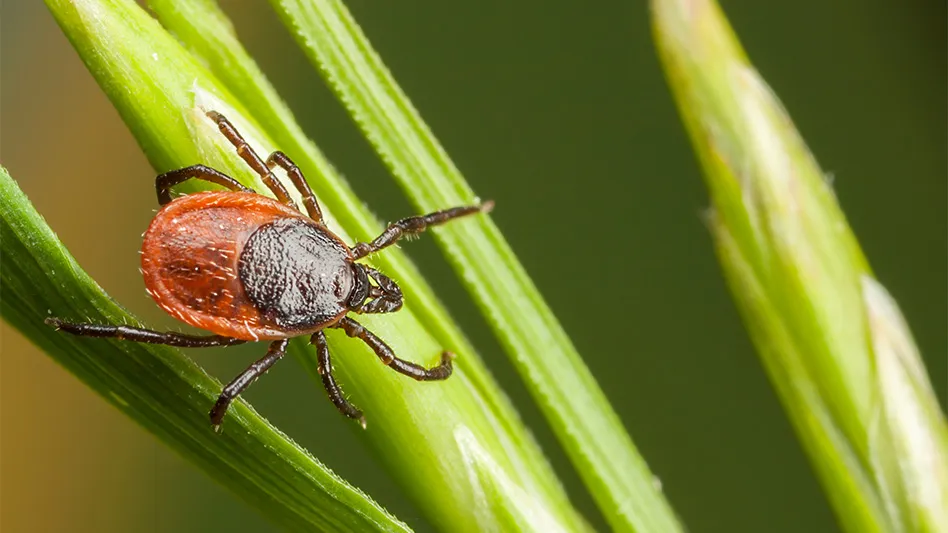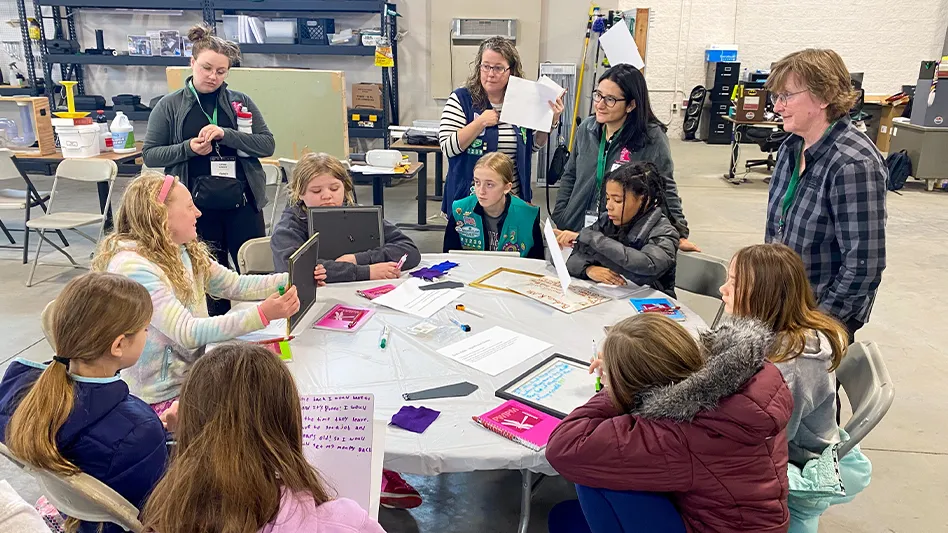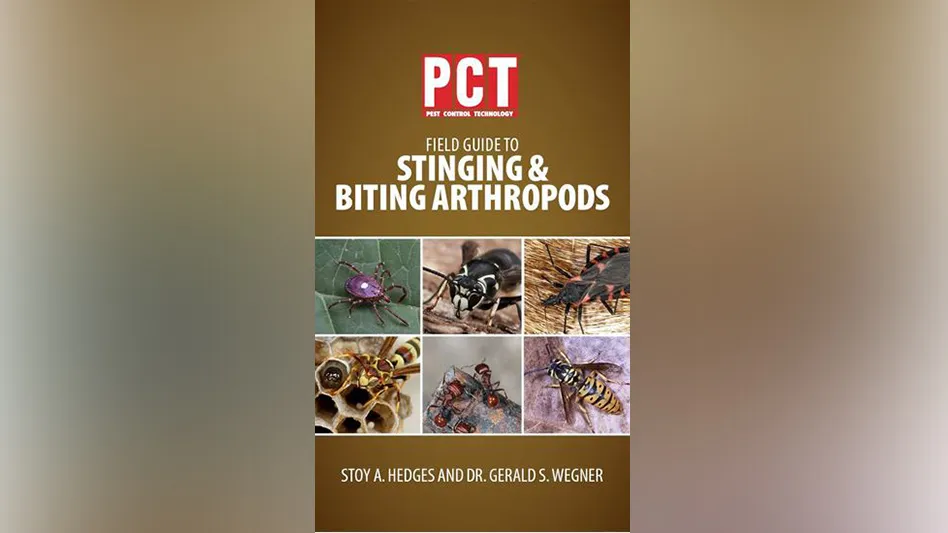In October 2012, our pest management firm found winged termites, known as alates, flying in a home in South Minneapolis, Minn. In accordance with our firm’s best management practices, we started by identifying the termite species.
Based on a close examination, we identified the termites as western drywood termites, Incisitermes minor (Hagen). Once the termite species was identified, we immediately conducted a thorough inspection to determine the source and the extent of the infestation. In places where winter temperatures can remain at or below 15°F for at least four days, drywood termites will not survive. Due to the cold winter in Minnesota, we doubted that drywood termites actually would establish nests in roof materials, wooden walls, under eaves or in dead wood accumulated around homes. Therefore, we decided to look for drywood termite signs, such as fecal pellets (hexagonal in shape, about 3/100 inch long), small round openings (kick holes, about 1/16 inch long) in wooden products and articles inside the house where extreme cold is unlikely to occur. (See photos below.)
The Source. After careful inspection, we located kick holes and an accumulation of fecal pellets below and around a couch placed in the living room. Since these signs were not found anywhere else in the house, we concluded that the source of the infestation was the couch.
Interestingly, the infestation probably began about 14 years ago, when the couch was initially purchased. Since drywood termites are not native to Minnesota, we assumed that the couch was originally made or stored in a warehouse in a hot spot for drywood termites, perhaps somewhere in the Southern states, where it could have become infested. Slowed development of these kinds of termites is not abnormal. Usually, it takes a colony of drywood termites four to seven years to produce swarmers. Besides low temperatures, the low nutrient content inside the couch makes the development rate of these insects even slower.
The Treatment. There are a variety of chemical and non-chemical treatment options for drywood termites. The sensitivity of the surfaces to be treated, the extent and severity of the infestation, the non-target’s concerns to pesticides and their residue, and the cost of treatment dictate the selection of the best feasible technique for remediation.
In our case, since we were dealing with drywood termites in a contained area (a couch), a heat chamber treatment was the safest and most convenient way to remove the pest in a fast and inexpensive manner. We placed the couch inside our indoor heat chamber and exposed it to hot air of 120°F to 140°F. Using wireless sensors, the heat process was monitored. After that, we held the core temperature of the treated couch at 120°F for at least one hour. This treatment can eliminate drywood termites without the need for pesticide applications.
Pest ID, biology, habits, thorough inspection and proper treatment are skills needed for a successful pest management approach — especially when you find a pest that isn’t typical in your service area — like drywood termites in Minnesota.
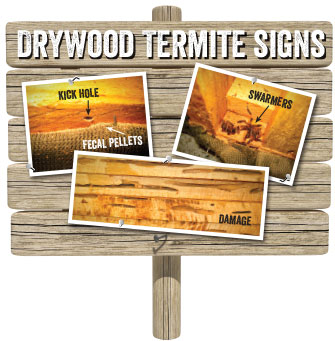
The author is technical training director for Adam’s Pest Control, Minneapolis, Minn. Contact him via e-mail at meldamir@giemedia.com.
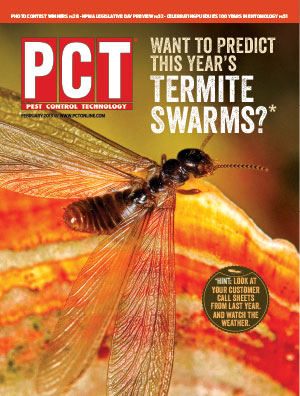
Explore the February 2013 Issue
Check out more from this issue and find you next story to read.
Latest from Pest Control Technology
- Viking Pest Control Organizes a Charity Bike Build for Local Families
- Gaining Control of Structure-Infesting Carpenter Ants
- Big Blue Bug’s Brian Goldman Receives Rhode Island Small Business Person of the Year Award
- UF Researchers Examine How Much Bait it Takes to Eliminate a Subterranean Termite Colony
- Women in Pest Control Group Continues to Grow, Provide Opportunities in the Industry
- NPMA Announces Results of 2024-2025 Board of Directors Election
- Massey Services Acquires Orange Environmental Services
- Hawx Pest Control Wins Bronze Stevie Award for Sustainability
